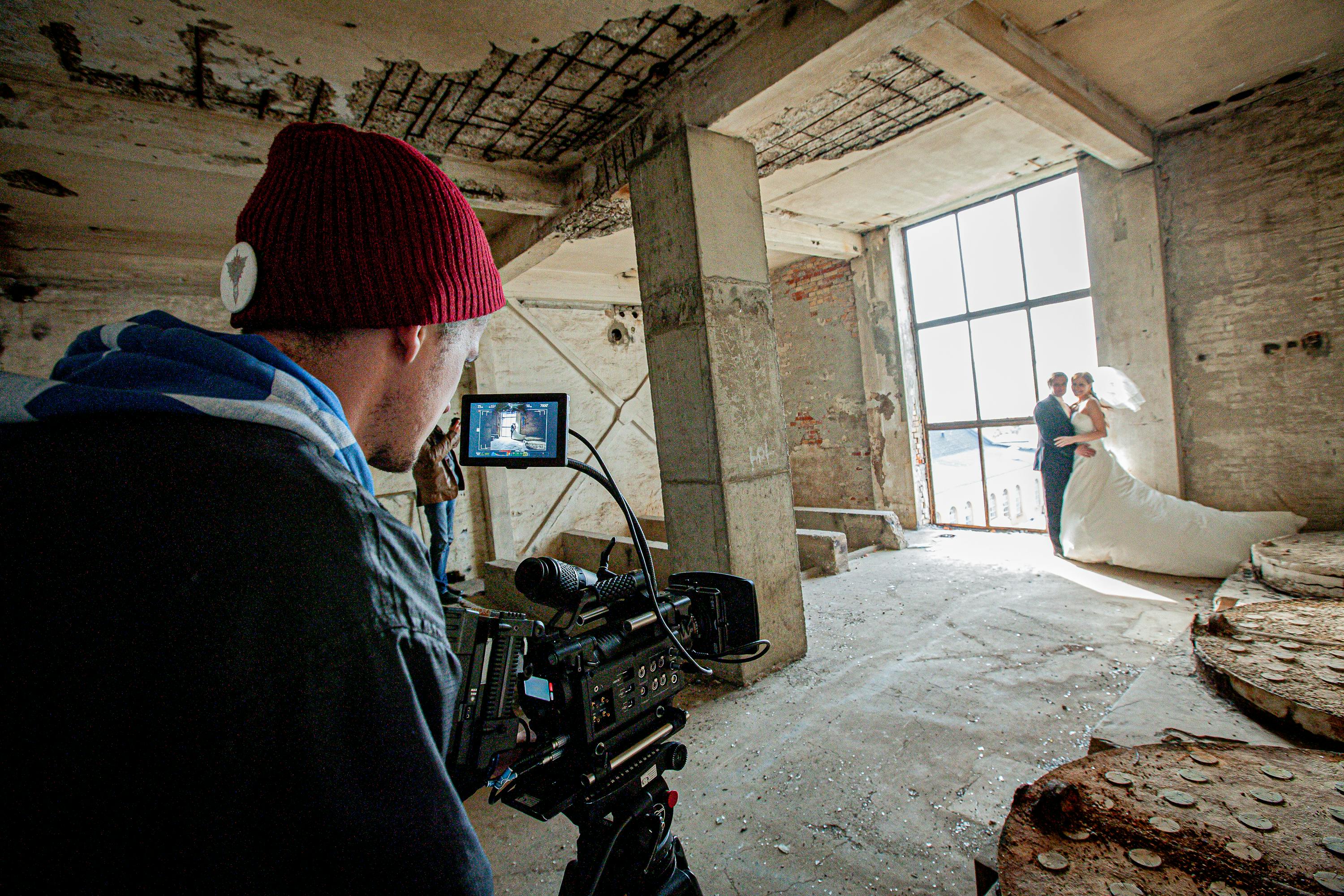The media have changed enormously over the last quarter century. Newspapers are still printed, but more and more, people are turning to the Internet for the latest news.
Online news sites have a huge advantage over print media. They can post articles and breaking news coverage within minutes of it happening. With the advent of Twitter, Instagram and other leading social media platforms, news providers can be in the thick of the action, as it happens, reporting live events.
This has significantly changed the type of news we read on a regular basis and changed how and when we read it. While many of us will still enjoy a leisurely morning reading of the paper, these luxuries tend to be relegated to the realms of lazy Sunday mornings. They are no longer something we all do on a daily basis. We are much more likely to scroll through the news on our favorite news provider’s website. While we’re on the train, over a quick coffee at work, waiting for the kettle to boil, or whenever we want, we can use our mobile devices, laptops and PCs to access the latest news.
Statistics indicate that more and more, whenever people have a few minutes, they are likely to turn to their favorite news source for the latest updates on a given topic.
The 21st century newsroom has also had to change and adapt, as a result of this massive change in the way we access and read our news. Traditionally, as news stories were collected, they passed through a series of journalistic stages, following the editorial chain of command. A new story would be approved, then a journalist would work on it, pass it to the sub-editor, who would then work on it before passing it to the editor for final editing before inclusion, just before it goes to press.
Today, the system is very similar. The difference is that this whole process often takes seconds or minutes, not hours or days! The public demands their news as soon as it happens, and newsmakers have to respond, almost instantly.
Today, speed is the basis of quality journalism. Competing news providers are trying to outdo each other by being first with breaking news, whatever the topic. And technology plays a huge role in creating and spreading news extremely quickly.
One huge growth area where technology has enabled amazing coverage of breaking American news is the ability to deliver live coverage. A journalist can send updates, articles and live video streams directly from her mobile device. It has the potential to turn anyone into a news reporter. Increasingly, we are seeing reports using video footage, tweets and photos taken by members of the public about who was at the scene and witnessed the ‘news’ as it happened.
We have more choice and control over our news than ever before. We are in full control of what we read and when we read it. Most people choose a news provider they like and set their preferences to immediately see updates on the news they care about. Then, they log in when it suits them during the day.
The news may have changed, and the way we access it is changing all the time, but there is no doubt, the news is still in high demand, and that is something that will not change.
